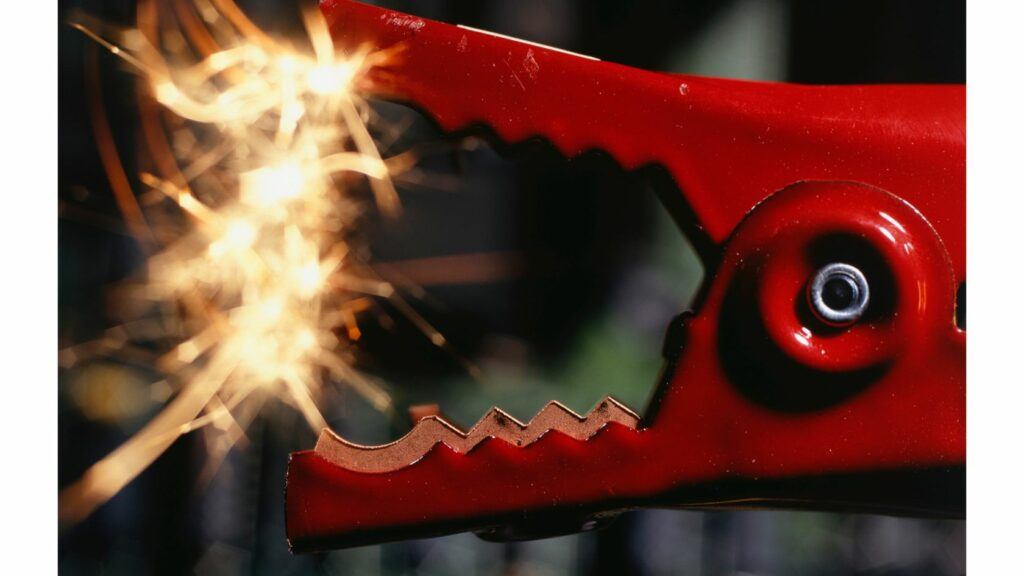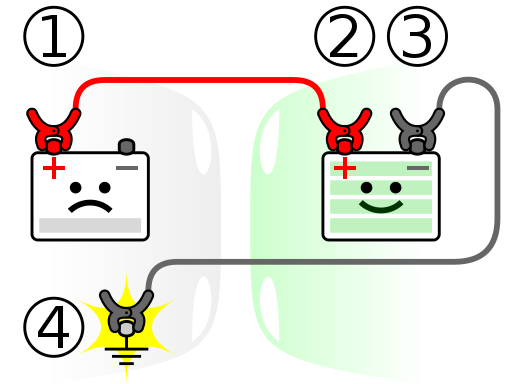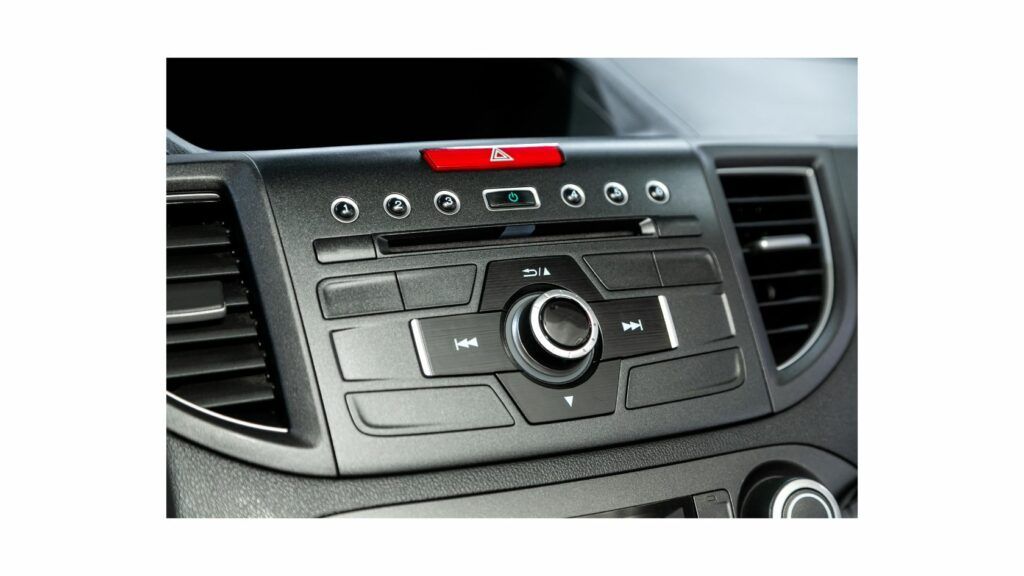
Is it normal to see jumper cable sparks when connecting to the car battery? Do you need to worry about the sparks and leave the jumping process in the middle?
Jumper cables are often used to jump-start a car in a dead battery scenario. The process is tricky due to cable connections, and electricity involvement. Many people get caught in bizarre situations while performing the jump-starting process.
As such, using jumper cables is a matter of an individual’s safety proper precautions must be taken to avoid any harm or damage to self and the vehicle. This is what we will discuss in this post.
What causes the jumper cable sparks when connecting to the battery?
Jumper cable sparks occur due to the buildup of static electricity and the current flow that takes place between the two connected batteries. This is one of the common causes evident due to the exchange of unbalanced electricity between a lousy battery (dead) and a good battery.
Secondly, most people connect the jumper cables incorrectly either to the wrong terminals or connect both cables to both terminals which can generate sparks.
Another common cause is leaving some of the electrical components ‘on’ of a vehicle having a dead battery. The music system, internal lights, etc. could generate sparks if left on while connecting the jumper cables. This is also called parasitic load.
Some of the other causes include corrosion or lead generation on the battery and the starter plug that glitters the jumper cable connection for some moment.
Based on these causes the intensity of sparks may differ. In some cases, sparks can transform into vehicle fire that can damage the other parts of a vehicle.
Related Read: What can cause a parked car to catch fire?
It is therefore imperative to understand the causes of sparks and apply the remedies to avoid or control them in an appropriate manner.
Static electricity buildup
Static electricity generation is a result of a connection between two different electrical charges.
When the two opposite electrical components (in this case, batteries) meet with contrasting powers there is a buildup of static electricity due to current flow. This flow is the reason for jumper cable sparks.
To understand it better let’s take an example:
Normal voltage of a charged car battery = 12 volts
A car with a dead battery = 6 volts or less
When you connect these two batteries through jumper cables there will be friction of spark because of the difference in voltage powers.
This frictional spark gradually gets bigger if you have a dead battery with less than 6 volts and is taking power from a fully charged battery with 12 volts.
The flow of current is responsible for such sparks which look bothering but is quite common on every instance of jump-starting a dead battery.
Should you be worried?
There is no need to worry until you see larger sparks appearing constantly which could be an indication of a bigger problem with the cable connection or batteries.
Wrong cable connections
Incorrect connection of jumper cables is a common mistake many people perform on car batteries.
A set of jumper cables consists of two thick wires color-coded in red and black. Each wire has clamps on both ends.
When connecting the cables it is important to follow the below steps to avoid a wrong connection:
- Attach the red color clamp to the red post or the one that has a positive (+) sign on both car batteries.
- Similarly, connect the black color clamp to the black post or the one that indicates a negative (-) sign on the working car battery.
- Next and this is very important. Connect the other side of the black color clamp to a metal part under the hood of a dead car battery instead of attaching it to the negative (-) post.
If you attach the black color clamp to the negative post of a dead battery, the chances of a spark increase with the flow of current mixing with hydrogen gases around the battery.
This last connection is one of the main causes of sparking instances with jumper cables so ensure to make the right connections on each battery.

If the process seems too risky or tricky it is recommended to take help from a professional technician or automobile mechanic.
Electric components were ‘on’ when the battery died (parasitic load)
Most drivers have a tendency to leave the car off with lots of electrical component switches ‘on’. This can lead to a parasitic load scenario wherein a radio was left ‘on’ while turning off the engine and the battery drained its voltage power.
The radio will continue to draw power from the battery even though the engine is turned off and this can result in the complete draining of a battery.
If the battery is fully drained it will not have enough power to start the engine and to start the engine again a jump start process will be required.

Eventually when jumper cables are connected to a fully drained battery with an electrical device (radio) still ‘on’ the first result will be mild sparks.
In some cases, it may not necessarily spark at all but parasitic load has been listed as one of the sparking causes when connecting jumper cables.
It is therefore important to close or shut off all the electrical accessories or components inside and outside of a vehicle to prevent sparks from jumper cables.
This step should be performed before connecting the jumper cables as well as during the process of jump-starting a vehicle.
Bad starter (disconnecting the plug from the starter)
A bad starter plug could be another cause of concern for jumper cable sparks. A faulty starter plug can create a short circuit which can lead to the generation of sparks when connecting the jumper cables.
The short circuit restricts the supply of power to the starter motor and the immediate reaction to the shortcoming of the starter plug produces sparks.
The sparks could be smaller in nature however the condition of the starter plug should be in good status to ensure jumper cables are properly connected failing which the intensity of sparks could increase.
Corrosion on battery terminals
Often time battery terminals catch corrosion due to long pending maintenance and irregular cleaning.
The corrosion buildup around battery terminals can cause sparks when connecting jumper cables. This happens due to the barrier created between the terminal and jumper cables.
This barrier leads to resistance and the generation of heat that causes sparks when jumper cables are connected to the battery terminals.
To avoid this, it is important to clean the battery terminals thoroughly with a wire brush or special battery terminal cleaner.
As a precautionary tip, always use gloves and protective eyewear when working with car batteries and jumper cables. If you are looking for complete guidance on cleaning a corroded battery then check this link.
Here is a small video that reflects the caution and method to be applied while jump-starting corroded car battery terminals:
Final thoughts
Jumper cable sparks are quite common when connecting to a car battery. If you see mild sparks that flash for a moment and disappear there is nothing to worry about.
What’s important is to get yourself well-prepared before performing jump starting process. Ensure that you know the connection process of attaching the cables to the right positions.
Secondly, switch off all the electrical components before making the connection as well as while parking the vehicle. This will prevent the draining of battery power to a large extent.
If you see bigger sparks while jump-starting it could be an indication of some technical issues. In such a scenario, it is better to leave the job to a professional.
The best way to avoid jumpstarting is to keep your vehicle properly maintained. Pay special attention to the batteries, perform regular cleaning, and ensure timely replacements on their completed lifespan.
Rest assured, I hope you are now well-placed to handle jump-starting sparks by reading the information in this post.
